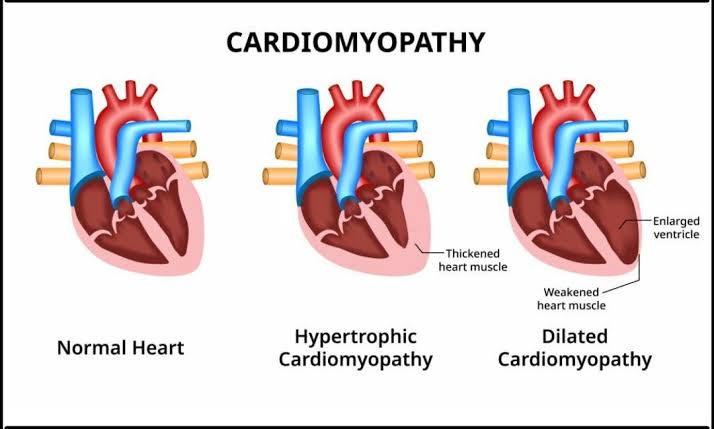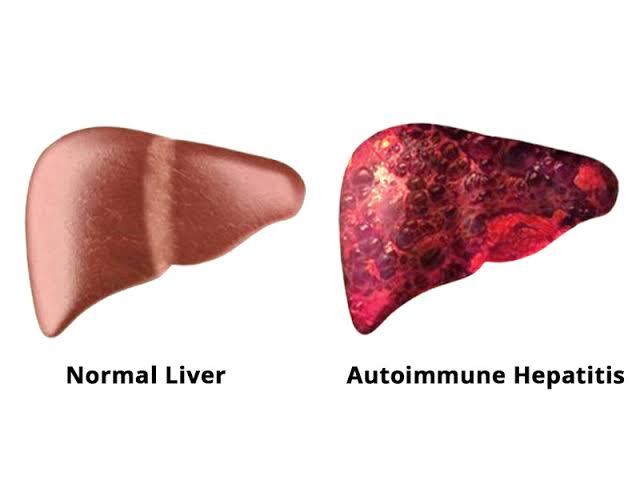
Introduction to Normal ECG
An electrocardiogram (ECG) is a crucial diagnostic tool that provides a graphical representation of the electrical activity of the heart over time. It is instrumental in identifying various cardiac conditions by analyzing deviations from normal patterns. Understanding a normal ECG involves recognizing its components, which include waves, intervals, segments, and complexes.
Components of a Normal ECG
- Waves: The ECG tracing consists of several waves that represent specific electrical events in the heart:
- P Wave: Indicates atrial depolarization, which is the electrical activation of the atria.
- QRS Complex: Comprises three distinct waves (Q wave, R wave, S wave) and represents ventricular depolarization—the electrical activation of the ventricles.
- T Wave: Reflects ventricular repolarization, indicating the recovery phase after ventricular contraction.
- U Wave: Occasionally present and thought to represent repolarization of the Purkinje fibers.
- Intervals: These are measured durations between specific points on the ECG:
- PR Interval: The time from the onset of atrial depolarization to the onset of ventricular depolarization.
- QRS Interval (Duration): The time taken for ventricular depolarization.
- QT Interval: The duration from the beginning of ventricular depolarization to the end of ventricular repolarization.
- RR Interval: The time between successive R waves, used to determine heart rate.
- Segments: Segments are sections between two waves that are at baseline amplitude:
- PR Segment: The flat line between the end of the P wave and the beginning of the QRS complex.
- ST Segment: The flat line following the QRS complex leading into the T wave.
- TP Segment: The segment between two T waves representing a period when no electrical activity occurs.
- Complexes: A complex consists of multiple waves grouped together; notably, there is only one main complex in an ECG—the QRS complex.
- J Point: This point marks where the QRS complex ends and where the ST segment begins.
The normal ECG pattern allows healthcare professionals to assess heart rhythm and identify abnormalities such as arrhythmias or ischemic changes. Each component’s morphology and timing provide critical insights into cardiac health.
In summary, understanding a normal ECG involves recognizing its key components—waves, intervals, segments, and complexes—and their significance in reflecting cardiac electrical activity.
Understanding ECG Normal Intervals
Electrocardiography (ECG or EKG) is a critical tool in cardiology that records the electrical activity of the heart over time. It provides vital information about heart rhythm, size, and function. Understanding the normal intervals and waveforms on an ECG is essential for diagnosing various cardiac conditions. Below is a detailed breakdown of the key components of an ECG, including speed, timing, voltage, and specific intervals such as PR, QRS, ST, and T waves.
1. Speed of ECG Recording
The standard speed for recording an ECG is typically set at 25 mm/sec. This means that each small square on the ECG paper represents 0.04 seconds (40 milliseconds), while each large square (composed of five small squares) represents 0.20 seconds (200 milliseconds). This standardized speed allows for consistent interpretation across different recordings.
2. Timing Intervals
- PR Interval: The PR interval measures the time from the onset of atrial depolarization to the onset of ventricular depolarization. It normally ranges from 120 to 200 milliseconds (3 to 5 small squares). A prolonged PR interval may indicate first-degree heart block.
- QRS Duration: The QRS complex represents ventricular depolarization and should last between 80 to 100 milliseconds (2 to 2.5 small squares). A wider QRS complex can suggest a bundle branch block or other forms of ventricular conduction delay.
- QT Interval: The QT interval reflects the total time for ventricular depolarization and repolarization. It varies with heart rate but generally should be less than 440 milliseconds in men and less than 460 milliseconds in women when corrected for heart rate using formulas like Bazett’s formula.
3. Voltage Measurements
Voltage on an ECG is measured in millivolts (mV). The height of the waves indicates the amplitude of electrical activity:
- P Wave Amplitude: Typically less than 0.25 mV.
- QRS Complex Amplitude: Can vary widely but often reaches up to 1.5 mV in healthy individuals.
- T Wave Amplitude: Generally less than half that of the QRS complex.
4. Waveforms
- P Wave: Represents atrial depolarization; it should be smooth and rounded with a duration of less than 120 milliseconds.
- QRS Complex: Comprises three deflections: Q wave (first negative deflection), R wave (first positive deflection), and S wave (following negative deflection). It signifies ventricular depolarization.
- ST Segment: This segment follows the QRS complex and represents early repolarization of ventricles; it should be flat or isoelectric under normal conditions.
- T Wave: Reflects ventricular repolarization; it is typically asymmetrical with a gentle slope upwards.
5. Interpretation Considerations
When interpreting an ECG:
- Look for regularity in rhythm.
- Measure intervals accurately using calipers if necessary.
- Assess wave morphology for abnormalities.
Abnormalities in these intervals can indicate various cardiac issues such as arrhythmias, ischemia, or hypertrophy.
In summary, understanding these components—speed, timing intervals (PR, QRS, QT), voltage measurements, and waveform characteristics—is crucial for accurate interpretation of an ECG.
Differentiating ECG Abnormalities and Arrhythmias
1. Bundle Branch Blocks (BBBs)
Bundle branch blocks are characterized by a delay in the conduction through either the right or left bundle branch of the heart’s conduction system. On an ECG, a right bundle branch block (RBBB) typically shows a widened QRS complex (>120 ms) with an rsR’ pattern in V1 and a wide S wave in V6. In contrast, a left bundle branch block (LBBB) also presents with a widened QRS complex but features a broad, notched R wave in V6 and deep S waves in V1. The presence of BBBs can indicate underlying heart disease or structural abnormalities.
2. Chamber Hypertrophies
Chamber hypertrophies can be identified by specific voltage criteria on the ECG:
- Left Ventricular Hypertrophy (LVH): Often indicated by an increase in the amplitude of the R wave in leads V5 or V6 combined with deep S waves in V1 or V2. The Sokolow-Lyon criteria (S wave in V1 + R wave in V5 > 35 mm) is commonly used.
- Right Ventricular Hypertrophy (RVH): Characterized by an R wave greater than 7 mm in lead V1, with a dominant R wave and possibly right axis deviation.
3. Myocardial Infarction (MI)
Myocardial infarction can be detected through ST segment changes:
- ST Elevation MI (STEMI): Presents with ST segment elevation of ≥1 mm in contiguous leads, often accompanied by reciprocal ST depression.
- Non-ST Elevation MI (NSTEMI): May show ST segment depression or T wave inversion without significant elevation.
4. Supraventricular Tachycardia (SVT)
SVT is characterized by a rapid heart rate originating above the ventricles, typically presenting as narrow QRS complexes (<120 ms). The P waves may be hidden within the preceding T waves or appear abnormal due to rapid rates. Common types include atrioventricular nodal reentrant tachycardia (AVRT) and atrial tachycardia.
5. Atrial Fibrillation (AF)
Atrial fibrillation is identified by an irregularly irregular rhythm without distinct P waves, replaced instead by chaotic electrical activity leading to fibrillatory waves. The ventricular response can vary widely, resulting in an irregularly timed QRS complex.
6. Ventricular Tachycardia (VT)
Ventricular tachycardia presents as three or more consecutive ventricular beats at a rate exceeding 100 bpm, typically showing wide QRS complexes (>120 ms). It may be monomorphic or polymorphic depending on whether the morphology remains consistent.
7. Pericarditis
Pericarditis is characterized by diffuse ST segment elevation across multiple leads without reciprocal changes, often accompanied by PR segment depression. The presence of these findings suggests inflammation of the pericardium rather than ischemic changes.
8. Ectopic Beats
Ectopic beats include premature atrial contractions (PACs) and premature ventricular contractions (PVCs):
- PACs: Present as early beats with abnormal P waves that may have different morphologies.
- PVCs: Show wide QRS complexes that occur earlier than expected; they may also exhibit compensatory pauses following them.
In summary, differentiating these ECG abnormalities requires careful analysis of specific patterns related to each condition’s unique characteristics on the ECG tracing.







